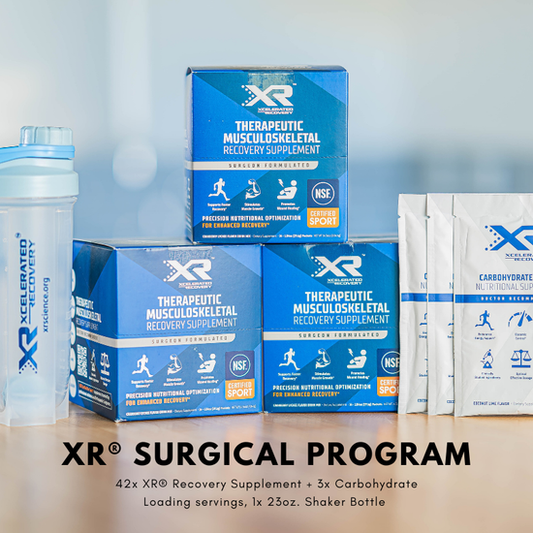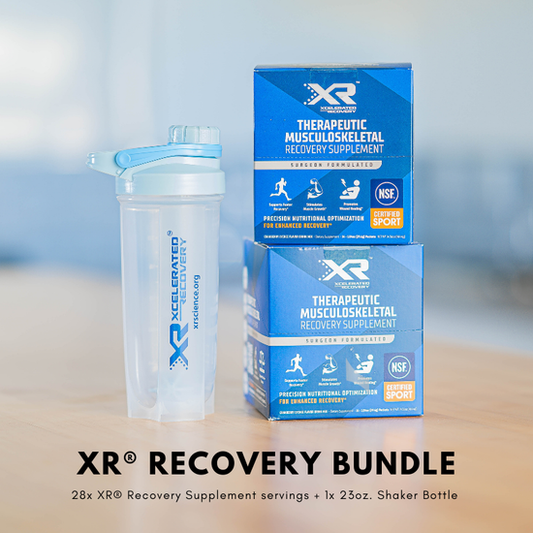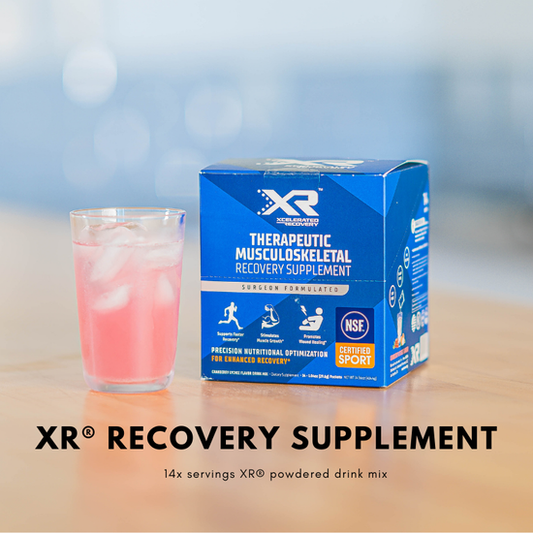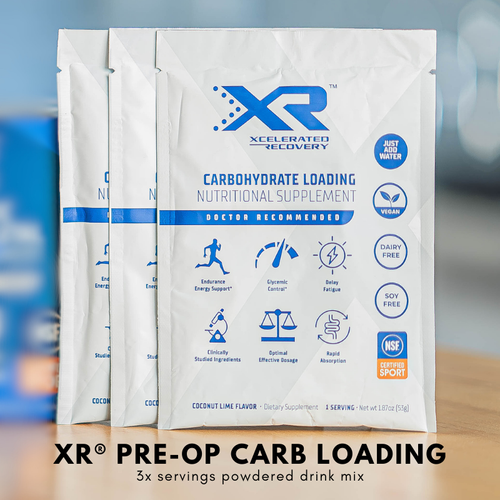
The Muscle-Centric Fast: Balancing the Benefits of Intermittent Fasting with Skeletal Muscle Preservation
Share
Author: Reza Jazayeri, MD
Intermittent fasting (IF) has garnered significant attention in recent years for its numerous health benefits, ranging from metabolic improvements to longevity enhancement. Various forms of IF, such as the shorter 18:6 time-restricted feeding approach to prolonged multi-day fasting, have been shown to improve insulin sensitivity, support weight management, and reduce the risk of metabolic syndrome. Additionally, IF has demonstrated efficacy in addressing conditions like non-alcoholic fatty liver disease (NAFLD) and enhancing mitochondrial efficiency. The metabolic benefits of fasting stem from the body's shift into a fat-oxidative state, increased autophagy, and improved hormonal regulation, all of which contribute to better healthspan outcomes.
Despite these substantial benefits, a key concern with prolonged fasting, particularly in the aging population, is the risk of accelerated sarcopenia and muscle loss. The fasting state triggers many of the metabolic and cellular benefits associated with IF; however, prolonged or repeated catabolic stress can negatively impact muscle protein synthesis (MPS). While resistance training (RT) is a potent stimulus for muscle anabolism and can mitigate fasting-induced muscle loss, aging individuals face a significant challenge in maintaining lean muscle mass due to a phenomenon known as anabolic resistance.
Anabolic Resistance: A Barrier to Muscle Maintenance in Aging
Anabolic resistance refers to the reduced efficiency of skeletal muscle to synthesize proteins in response to anabolic stimuli such as protein intake or resistance exercise. As individuals age, the ability of muscle tissue to utilize dietary amino acids for MPS declines, necessitating higher protein intake and more robust anabolic signaling to achieve the same muscle-preserving effects seen in younger individuals.
Factors contributing to anabolic resistance include:
Reduced muscle protein synthesis response to amino acid intake.
Impaired intracellular signaling via the mTOR pathway.
Chronic low-grade inflammation and oxidative stress.
Decreased satellite cell activation and regenerative capacity.
Given these limitations, prolonged fasting in older adults may exacerbate muscle loss unless specific countermeasures are employed.
Introducing the Muscle-Centric Fast: A Targeted Approach to Preserve Muscle During IF
To leverage the metabolic advantages of fasting while mitigating muscle loss, a modified fasting approach, termed the muscle-centric fast has emerged as a practical solution. This strategy integrates the use of targeted free-form amino acids and key anti-catabolic agents, such as β-Hydroxy β-Methylbutyrate (HMB), Branch-chain amino acids (BCAAs) during fasting periods to prevent excessive muscle breakdown.
While purists may argue that consuming amino acids deviates from a "true" fast, emerging evidence suggests that free-form amino acids, devoid of carbohydrates and insulinogenic properties, do not trigger an insulin response when assessed via continuous glucose monitoring (CGM). This distinction allows for the retention of fasting-induced benefits, such as autophagy and metabolic flexibility, while preserving skeletal muscle integrity.
The muscle-centric fast presents a dual biohacking strategy: optimizing the well-established benefits of intermittent fasting while simultaneously counteracting muscle loss via targeted supplementation. Xcelerated Recovery, which includes clinically relevant Essential amino acids (EAAs) , BCAAs and HMB, represent a practical intervention to sustain lean muscle mass without compromising the metabolic and cellular advantages of fasting.
This approach highlights the evolving paradigm of nutritional strategies in aging and performance optimization, ensuring that fasting can be a sustainable practice without the unintended consequence of skeletal muscle deterioration. Future research should continue to explore the synergy between IF, resistance training, and amino acid supplementation to refine protocols that enhance longevity while preserving physical function.
The muscle-centric fasting strategy involves two servings per day of targeted supplementation to optimize fasting benefits while preserving muscle mass. The recommended protocol includes:
One serving of XR within 20 minutes of resistance training (RT): This ensures that supplementation occurs at the most metabolically rational window, maximizing muscle protein synthesis and mitigating fasting-induced catabolism.
A second serving at night before sleep: The overnight fasting period is when muscle protein breakdown is highest due to prolonged fasting-induced catabolism. Taking an anticatabolic supplement before bed can help mitigate muscle breakdown and support muscle preservation.
Alternative Consideration:
If morning supplementation is an option within the fasting window, it can be beneficial to blunt early morning muscle breakdown due to the natural overnight cortisol spike. However, prioritizing pre-sleep and post-exercise periods is likely more effective for overall muscle preservation.








